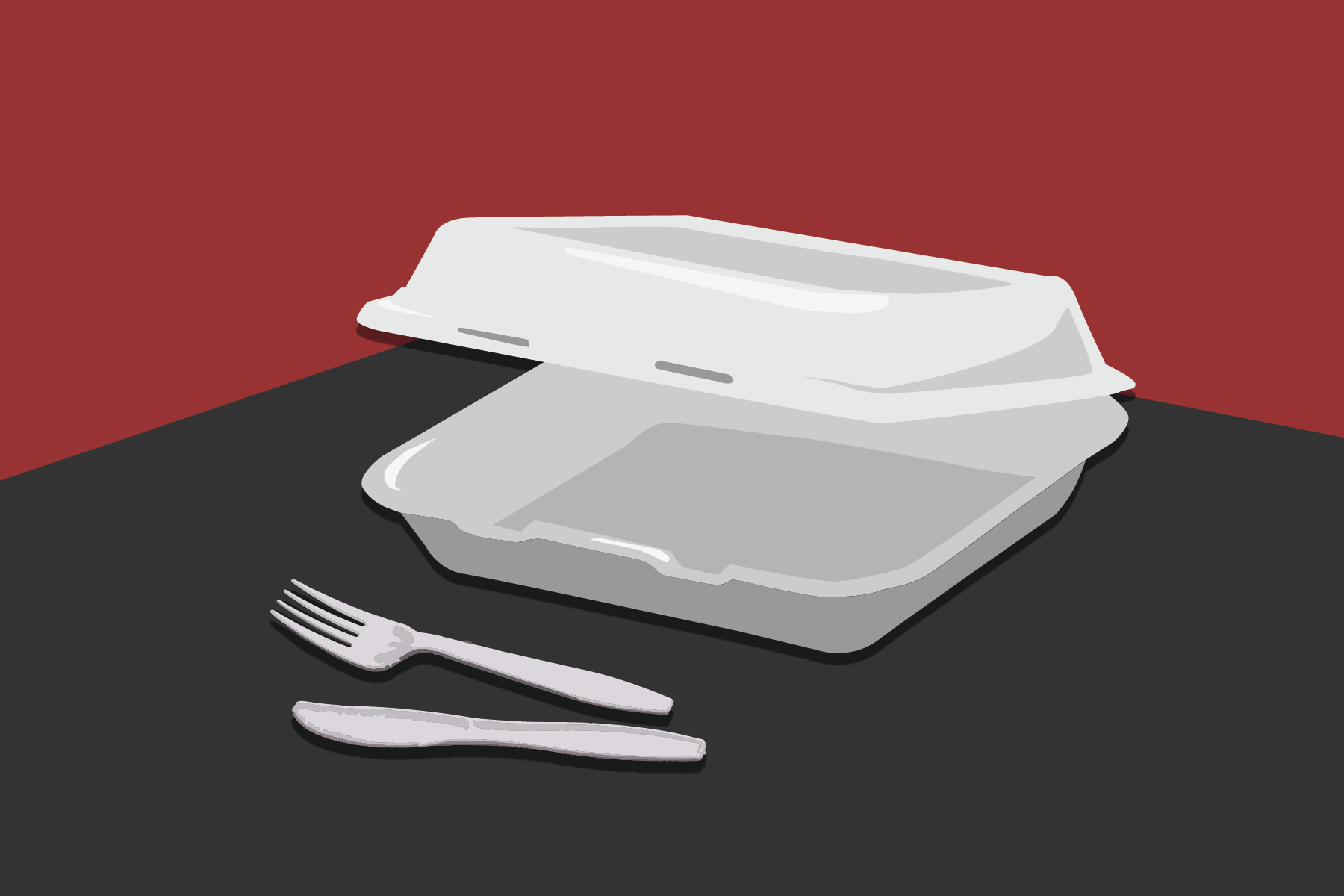Posted on 23 June 2021.
Lightning struck a chimney on the Benevolent Street side of Everett-Poland House during a thunderstorm Tuesday afternoon, according to an email from the Office of Residential Life.
All students living in the vicinity of the damage were relocated from their dorm rooms as the building undergoes repairs. Facilities estimated that repairs would take approximately 48 hours, according to the email.
Siri Pierce ’24 was wrapping up a class in her room when the lightning struck directly outside her window.
“I saw a flash in my peripheral vision, but I honestly probably saw the flash second and just heard the noise first, because it was so loud. You felt it more in the body than in your ear,” Pierce said. “Immediately following that, I saw bricks crumble from the chimney onto the cement sidewalks.”
Pierce said that after the strike, the area surrounding the debris in Keeney Quadrangle was blocked off.
“There were a bunch of students gathering on the side of it, people grabbing bricks and things like that,” Pierce said. “After that a facilities van came and then they closed the gate and put up barriers around it.”
Kate Salguero Lizarraga ’24 lives in Everett-Poland just below where the lightning struck and had to move out of her room to allow for repairs. When she returned to her room, she encountered facilities staff who told her she would have to evacuate the room for the night given her proximity to the damage, “which definitely caught me off guard,” she said.
Salguero Lizarraga said that before she received the email from ResLife, it was not immediately clear to her how long she would be evacuated for.
“When I was talking to the people in the hallway who were trying to get things under control, they said to pack an overnight bag just for the one night and that once I left my room, I couldn’t go back in,” she said.
It was also not immediately clear where she would be relocated, Salguero Lizarraga said. The University eventually offered Salguero Lizarraga temporary housing in Graduate Center D, but by that time she had already made alternate arrangements to stay with a friend in Hegeman Hall.
Facilities “had told me that I couldn’t stay there around 4:00, and then at 5:38 is when I got my temporary housing,” she said. “For an hour and a half, I just had no idea where I was going to stay for the night.”
Baihe Sun ’24, who lives down the hall from Salguero Lizarraga and was relocated to Grad Center D, said that she was initially told she would not have to move out, but received an email later telling her she would have to evacuate for 48 hours.
“I understand that the repairs definitely have to be done immediately, but it was a bit worrisome that I had to move out so rapidly,” Sun said. “I was still in class at the time, so it was a bit difficult to manage trying to pack while I still had academic things to do.”
Students not directly affected by the repairs did not receive communication from the University about the lightning strike, said Pierce, who did not have to move.
“It would’ve been nice to just have received some confirmation that they were aware of what happened and that they were working to fix the chimney,” she said.
Once the initial shock of the strike passed, many students found levity in the stormy situation.
“I was FaceTiming people and showing them the bricks, and people were taking photos of it, taking videos posing with it, calling other people,” Salguero Lizarraga said. “Once we realized everyone was physically safe, we decided to have a little fun with it.”
This story is developing. Check back for updates.










